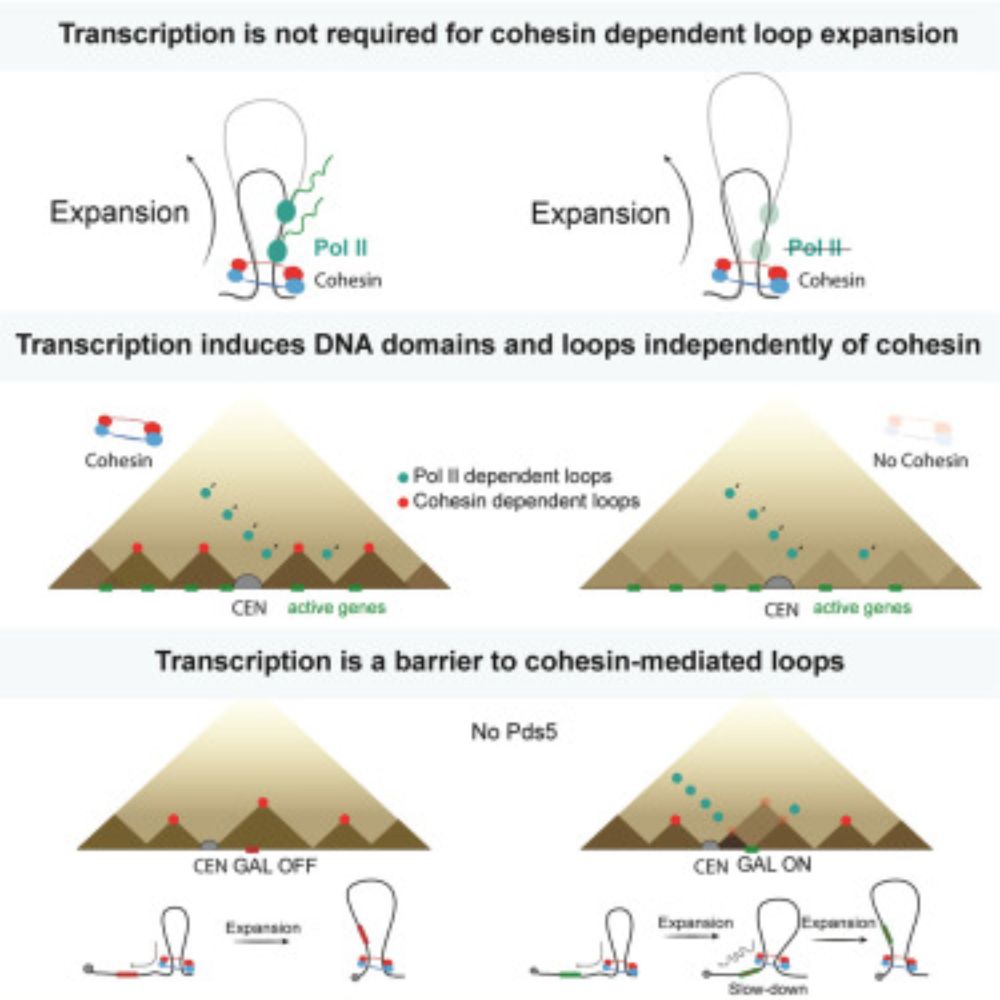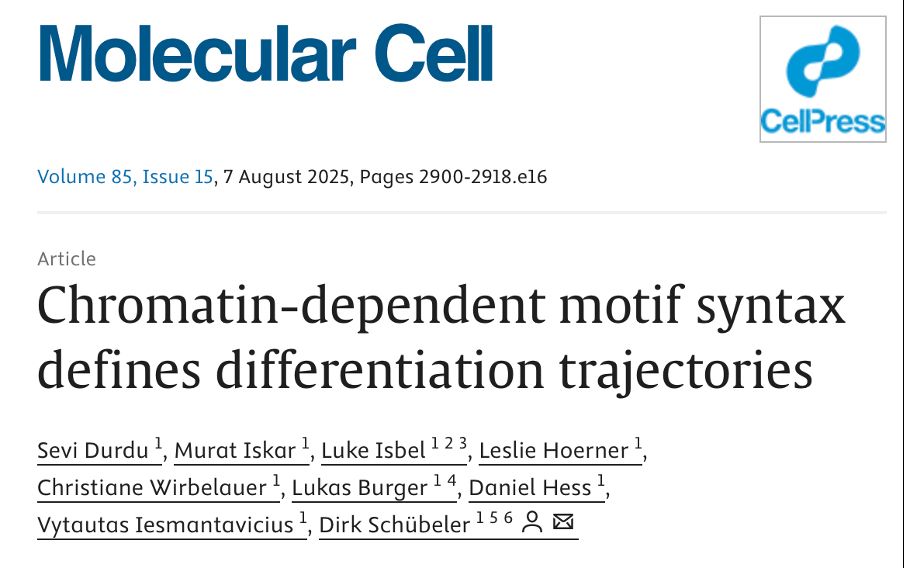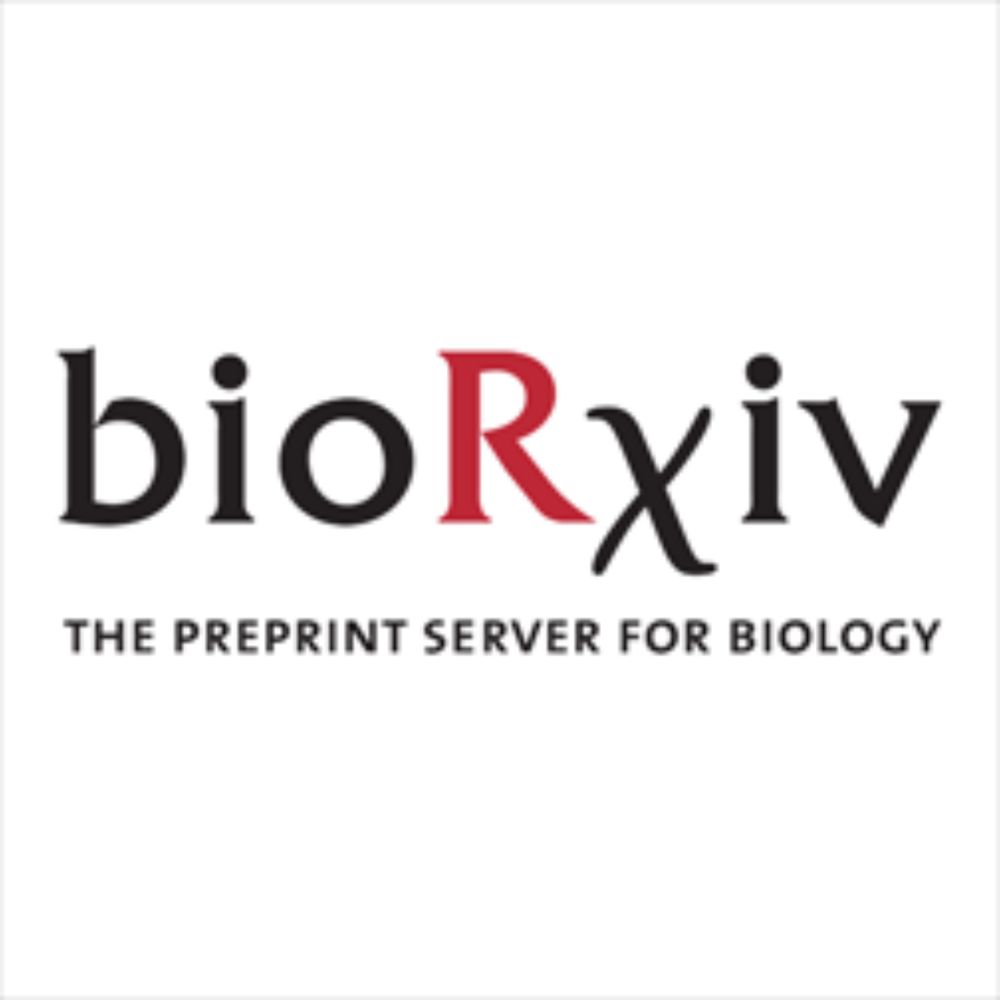Marieke Oudelaar
@mariekeoudelaar.bsky.social
970 followers
240 following
25 posts
Lise Meitner Research Group Leader @ Max Planck Institute for Multidisciplinary Sciences
Genome Organisation and Regulation
She/her
Posts
Media
Videos
Starter Packs
Reposted by Marieke Oudelaar
Reposted by Marieke Oudelaar
Reposted by Marieke Oudelaar
Reposted by Marieke Oudelaar
Jop Kind
@jopkind.bsky.social
· 22d

MeCP2 binding and genome–lamina reorganization precede long gene activation during mouse corticogenesis
During corticogenesis, neural gene expression is tightly coordinated by chromatin and epigenetic changes, whose misregulation can lead to neurodevelopmental disorders[1][1]–[4][2]. The role of spatial...
doi.org
Reposted by Marieke Oudelaar
Reposted by Marieke Oudelaar
Reposted by Marieke Oudelaar
Reposted by Marieke Oudelaar
Reposted by Marieke Oudelaar
Reposted by Marieke Oudelaar
Craig Kaplan
@triggerloop.bsky.social
· Aug 28

Widespread epistasis shapes RNA polymerase II active site function and evolution - Nature Communications
The active site of RNA Polymerase II is highly conserved. Here the authors show that mutations can propagate effects across the enzyme and alter genetic behavior of distal residues, demonstrating plas...
www.nature.com
Reposted by Marieke Oudelaar
Sarah Hainer
@hainerlab.bsky.social
· Aug 28

A direct interaction between the Chd1 CHCT domain and Rtf1 controls Chd1 distribution and nucleosome positioning on active genes
Abstract. The nucleosome remodeler Chd1 is required for the re-establishment of nucleosome positioning in the wake of transcription elongation by RNA Polym
doi.org
Reposted by Marieke Oudelaar
Reposted by Marieke Oudelaar
Reposted by Marieke Oudelaar
Eric Joyce
@ericjoyce.bsky.social
· Aug 14

Mechanistic and Epigenetic Partitioning of Lamina-Associated Chromatin Revealed by a Genome-Wide Imaging Screen
The nuclear periphery is a key site for heterochromatin organization in eukaryotic cells, where lamina-associated domains (LADs) promote transcriptional repression and genome stability. Despite their ...
www.biorxiv.org
Reposted by Marieke Oudelaar
Abby Buchwalter
@abbybuch.bsky.social
· Jul 22

The nuclear periphery confers repression on H3K9me2-marked genes and transposons to shape cell fate - Nature Cell Biology
Marin et al. report the role of lamin proteins and the lamin B receptor (LBR) in chromatin positioning at the nuclear periphery. Knockout of all lamins and LBR in mouse embryonic stem cells leads to h...
www.nature.com
Reposted by Marieke Oudelaar



















